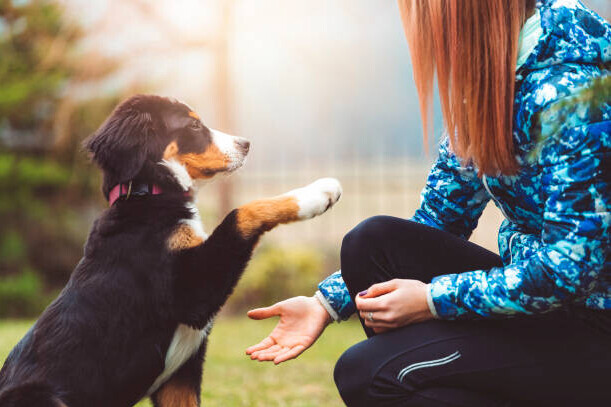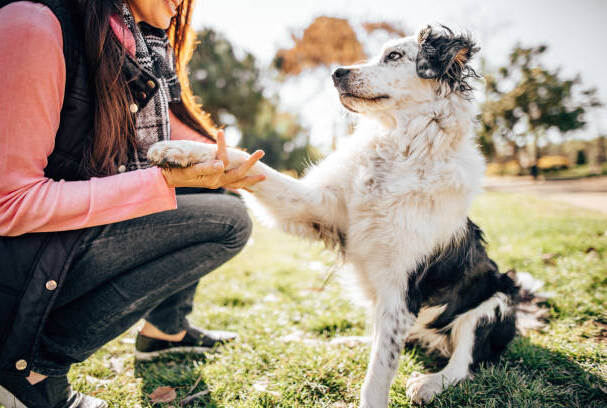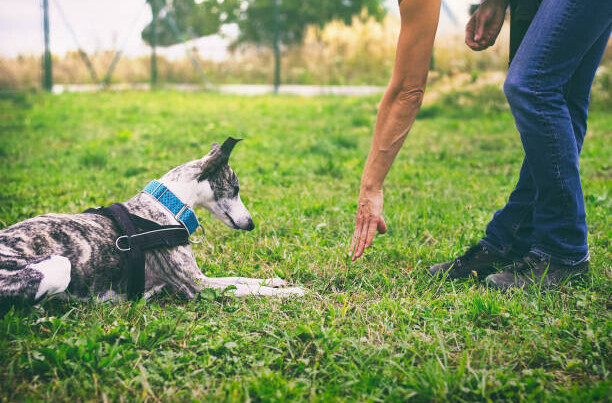Clicker training is a step up in the world of pet education, making learning a total breeze for both pet and owner. At its heart, it’s about using a small, handheld clicker that makes a distinct sound when pressed. It all started back in the 1940s when marine mammal trainers found it super handy for training complicated tricks without stress. Since then, it’s become a popular method among pet owners around the globe who want a kind and clear way to communicate with their furry pals.
The magic behind clicker training lies in positive reinforcement. Every time your pet performs the desired action, you hit the clicker and follow up with a treat. This rewarding rhythm helps pets quickly associate their behavior with the positive outcome—the treat! Over time, they start understanding what’s expected of them, which speeds up learning and makes training much less of a headache. 
Why choose clicker training? Well, it’s all about kindness and efficiency. Pets often learn faster and with a lot less stress because the clicker acts as a clear marker for good behavior. It’s like giving them a thumbs up they can actually hear. This method is particularly useful for shy or nervous animals who might shy away from traditional methods that can be more authoritative or forceful.
For those ready to jump right into clicker training, all you need is a clicker (these are super affordable and available at most pet stores), some treats, and patience. The treat doesn’t have to be anything fancy—whatever your pet loves will do! Plus, the internet is flooded with free resources and tutorials to get you started right on the right foot.
What really backs up the effectiveness of this training style is the solid scientific research supporting it. Studies show that positive reinforcement is one of the best ways to shape animal behavior. It strengthens trust between you and your pet, creating a bonding experience and fostering a sense of security that aids long-term learning. With these benefits, it’s no wonder clicker training has won the hearts of so many pets and owners alike.
Tailoring Clicker Training to Different Breeds: Challenges and Solutions
Every pet has its own quirks and personality, and different breeds bring their own unique flair to the table. This means a Beagle’s enthusiasm might not gel with a Bulldog’s laid-back attitude when it comes to clicker training. Understanding a breed’s distinctive traits can be a game-changer in tailoring your approach.
Take, for instance, the highly energetic Border Collie. They’re smart and eager to learn but need constant mental stimulation. Clicker training suits them perfectly because it keeps their engaged minds active. On the flip side, let’s talk about the independent cat breeds like the Siamese that might not immediately respond to clicker cues. A bit more patience and enticing rewards are often key with them.
The golden formula is to know what motivates your pet. Dogs like Golden Retrievers love praise and will work for belly rubs just as much as for treats. Meanwhile, cats may respond better to sensory rewards like a good scratch behind the ears or their favorite nibble. It’s about figuring out what makes their tails wag or their noses twitch.
Some owners shy away from clicker training certain breeds because of misconceptions. Like thinking all large breeds are hard to train or assuming small breeds don’t need training. Busting these myths is crucial. In reality, any breed can thrive with clicker training if you adapt the method to suit their character and temperament.
Real-world success stories speak volumes. Take Jack, the Shih Tzu whose mischievous antics were tamed through clicker training by focusing on consistency and keeping sessions short to accommodate his attention span. Or Luna, the German Shepherd, who learned advanced tricks that played perfectly into her intelligent nature. The key is recognizing what works for your pet, adapting the method as needed without rigid adherence to one-size-fits-all strategies.
Maximizing the Clicker Training Experience: Expert Tips for Pet Owners
Taking your clicker training game to the next level means setting realistic goals and understanding that every pet learns at their own pace. Some pets might pick up new tricks in a flash, while others might need a tad more time and encouragement. It’s all about the journey and not rushing through it.
Creating a consistent training environment is crucial. Pets thrive on routine, so try to have your sessions around the same time each day. Keep the mood upbeat and positive; remember, training is as much about bonding as it is about behavior correction.
When it comes to timing, hitting that clicker at the right moment is golden. The closer the click is to the behavior, the stronger the association. Communication is not just about commands but about understanding your pet’s responses and emotions during training.
Encountering a few hiccups? That’s normal. Common issues like a pet losing interest midway or not responding to the click can often be fixed by adjusting the reward, changing the environment, or simply taking a brief break. Keeping it fun and stress-free ensures your pet stays engaged.
Training isn’t just for obedience—it’s a tool for building a deeper connection with your pet. By incorporating people-first techniques, such as showing empathy and patience, you strengthen your bond with your furry friend.
Thinking about adding some flair to your pet’s skills? It might be worth considering consults with professional trainers who specialize in clicker training. They can offer insights on advanced techniques that cater to your pet’s unique abilities and challenges.
Remember, the real success of clicker training comes from understanding and catering to your pet’s needs, making the whole experience enjoyable for both of you.